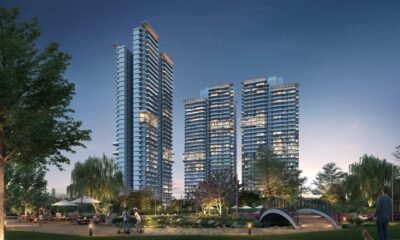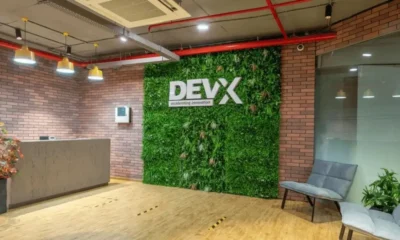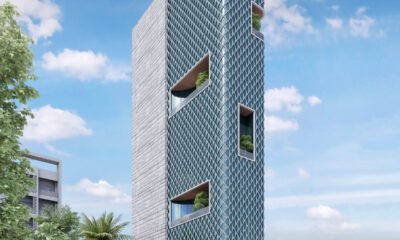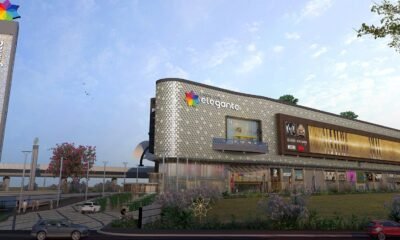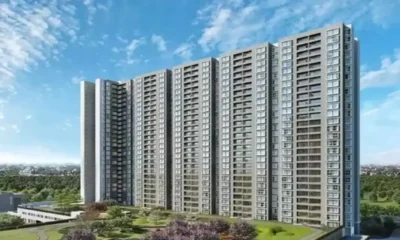Experts' Take
The Challenge of tackling unaffordability in Indian metros

Anuj Puri, Chairman & Country Head, JLL India
As all metro cities continue to expand in India, the cost of housing in their matured and well-developed areas also continues to go north. According to the Reserve Bank of India’s (RBI) definition, ticket sizes up to INR 65 lakhs in metros and up to INR 50 lakhs in non-metros are categorised as ‘affordable housing’. It, therefore, comes as no surprise that a majority of new projects in Delhi-NCR, Mumbai and Bengaluru do not fall under this category.
Mumbai’s real estate, especially, remains unaffordable to a majority of its residents. On the other hand, affordable housing projects are largely located in precincts that constitute the outer peripheries of these cities (see city maps below). The supply-side constraints like land availability and its cost make housing unaffordable within the primary city boundaries
Mumbai
Bengaluru
Delhi-NCR
These maps illustrate the geographical spread of representative projects priced below INR 65 lakhs (marked in RED) and those priced above the RBI’s current definition of affordable housing (marked in green). They clearly show that these cities’ outer rims are the only affordable corridors while the main city and its immediate suburbs are priced higher.
Most of the affordably-priced housing options are usually located much farther away from the respective city centres and are mostly in off-centric, economically-underserved locations where trunk infrastructure is also often unavailable. Notably, Bengaluru remains the most ‘affordable’ among these three metros with projects falling under the ‘affordable’ category currently available within the city limits.
That shows how much the ground reality differs from theory. This gap between the existing definition and what’s available for home buyers in these metros is only widening. In such a scenario, the government should:
- Work on easing the supply-side constraints by opening up new land parcels (for e.g. salt pan lands in Mumbai) to ease up the high land prices
- Invest in development of newer and cost-effective construction techniques,
- Take up reforms for re-densification of cities (for e.g., by scrapping old redevelopment laws) along with augmentation of existing infrastructure as well as public transport,
- Focus on improving infrastructure in the peripheral areas and develop suitable connectivity to the cities’ business districts, if these precincts are to serve the purpose of providing a suitable living environment,
- Institutionalise rental housing across cities,
- Ensure that the local bodies actually implement local regulations and newer policies.

 News3 weeks ago
News3 weeks agoUnity Group Launches Unity One Elegante Mall at Netaji Subhash Place, Delhi

 News2 days ago
News2 days agoMumbai Returns to Pre-Pandemic Investment Levels, Surpasses $1 Billion 4th Consecutive Year: Cushman & Wakefield

 News2 days ago
News2 days agoGurugram Premium Segment Drives Projected Rs 6.65 Lakh Crore Market: ANAROCK

 News1 day ago
News1 day agoAdani Cement and Coolbrook to Deploy World’s First Commercial Rotodynamic Heater for Cement Decarbonisation

 News2 days ago
News2 days agoTIL Ltd Reports Q2 FY26 Results with Enhanced Order Book Position, Strong Execution Momentum

 News1 day ago
News1 day agoRobust Demand & New Launches Propel Sri Lotus Developers’ Strong Q2 FY26 Results

 News2 weeks ago
News2 weeks agoSerene Communities Announces ₹400 Crore Investment to Bring Integrated Senior Living to Hyderabad

 News2 days ago
News2 days agoUP RERA Approves 6 Real Estate Projects with Investment Worth ₹864 Crore in 5 Districts







